Tommies Militaria and Collectables
King George V One Penny Coins 1912-1936
King George V One Penny Coins 1912-1936
Couldn't load pickup availability

Product Condition
Product Condition
Shipping & Returns
Shipping & Returns
Shipping
All orders are subject to a delivery, packing & handling charge. The correct charges will be automatically calculated via our Shopping basket ordering system and are based on the total weight of your order, your location, and our normal method of despatch. Please be aware that we reserve the right to alter any miscalculation, plus or minus, and you will be notified prior to shipping of any changes.
When shipping items, we use the UK Royal Mail, EVRI, DPD and Parcel Force in the event of a parcel arriving with contents damaged ALL the packaging must be kept for inspection by the delivering shipping contractor whoever that contractor is, failure to adhere to this WILL result in ANY claim being denied.
We do ship internationally and will always use a Tracked and Signed for service. We strive to use the best and most economical shipping services available
All shipping, insurance and import charges will be borne by the customer.
All lots are shipped at the buyers risk no compensation will be offered for items lost or broken in transit. Alternatively you can pay for your own courier.
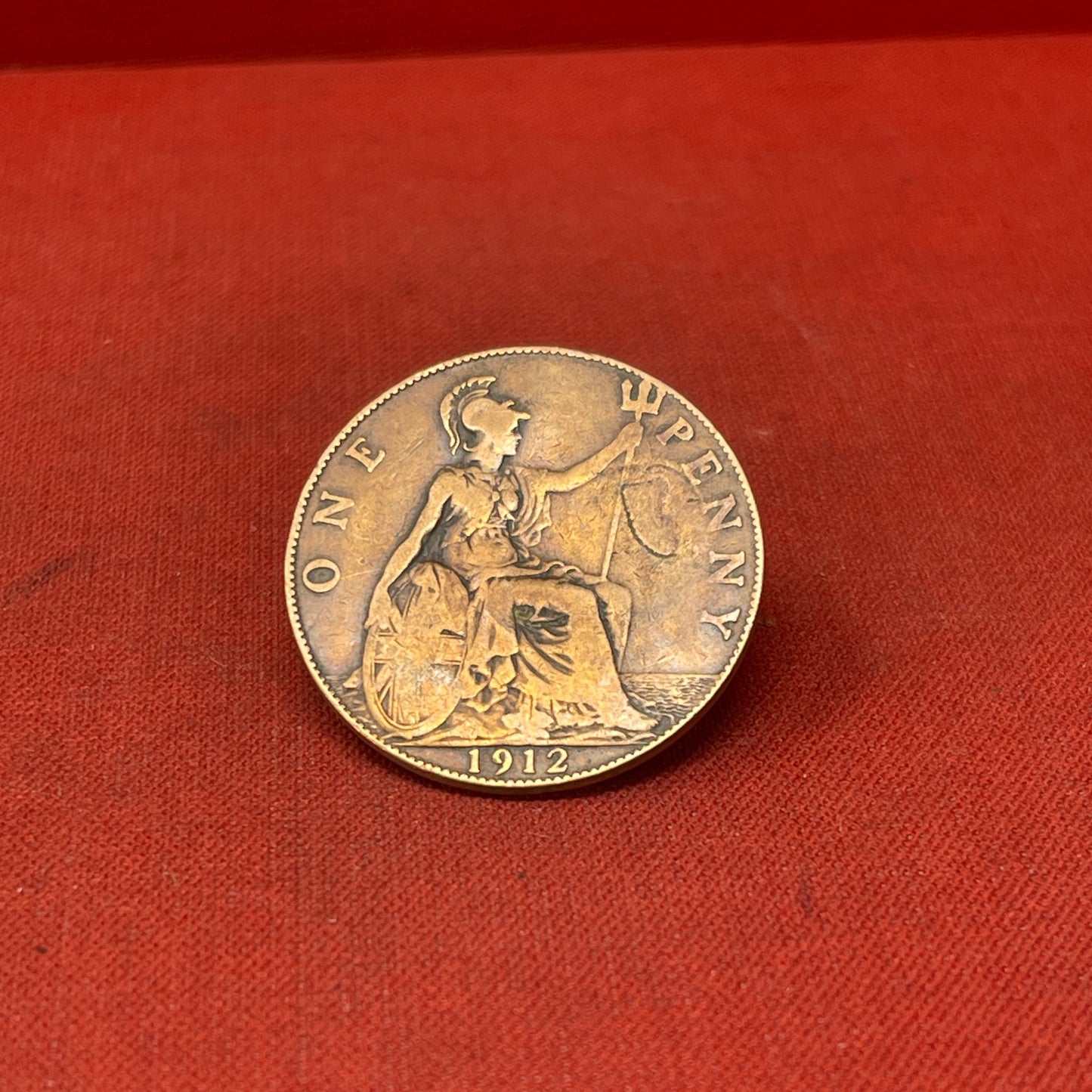
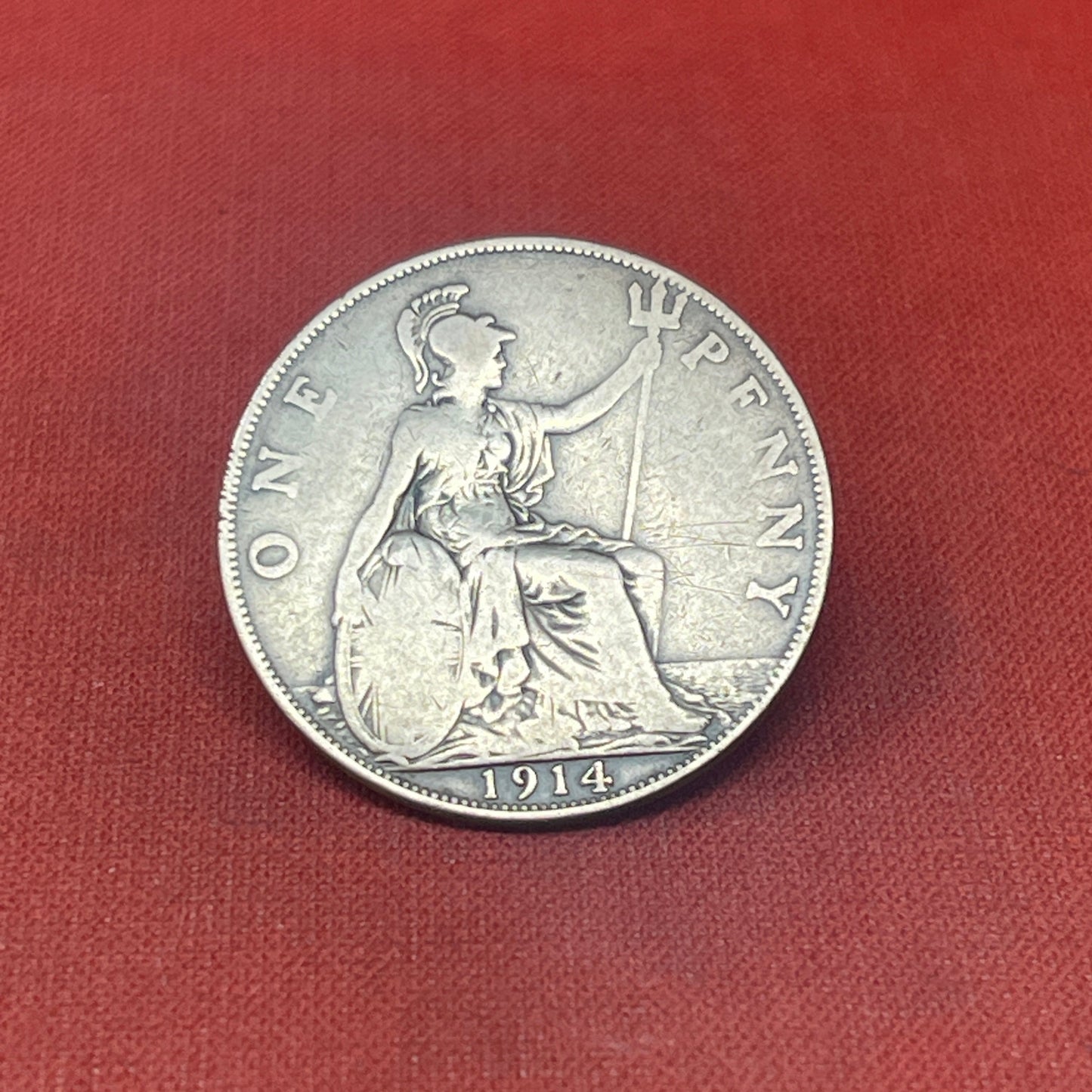
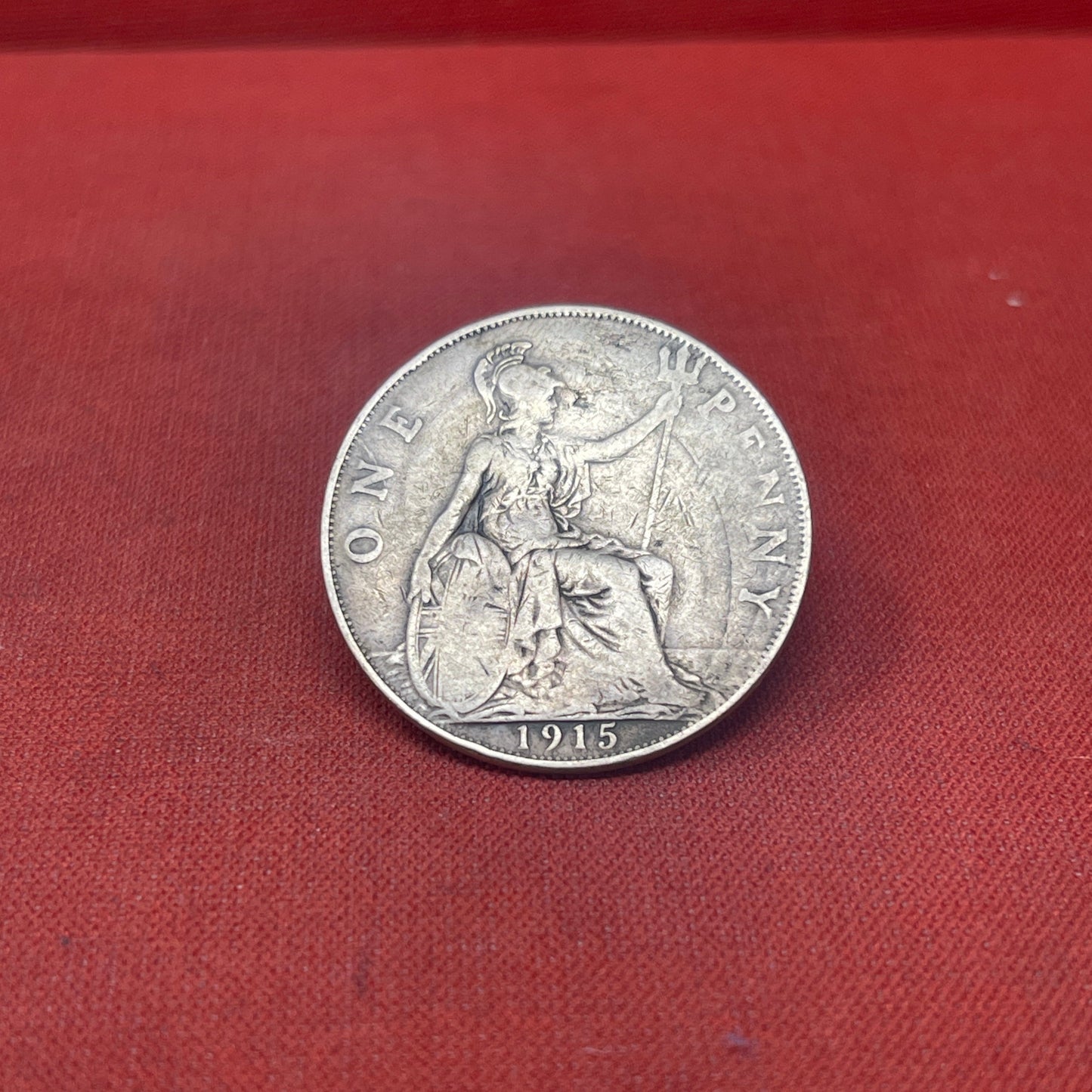
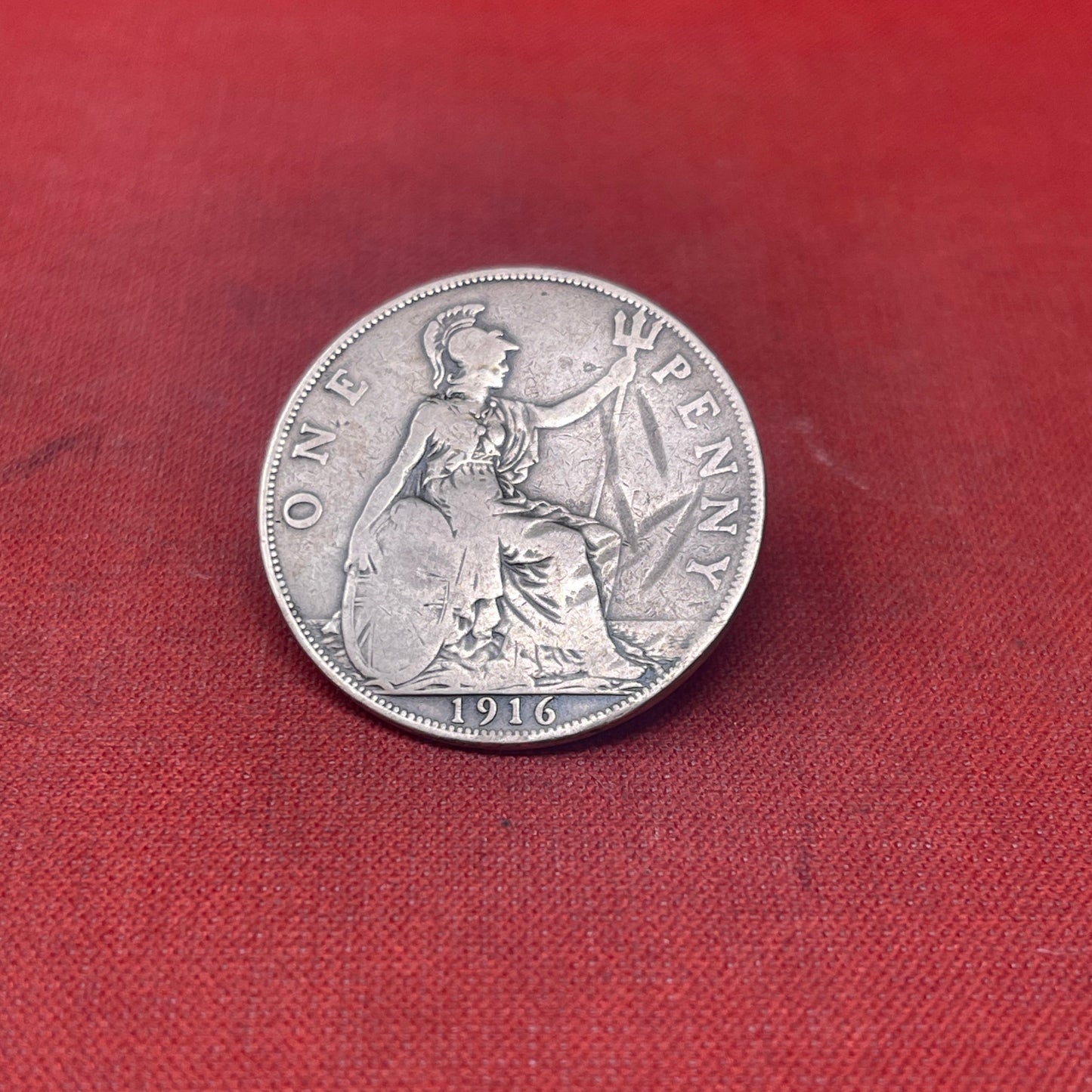
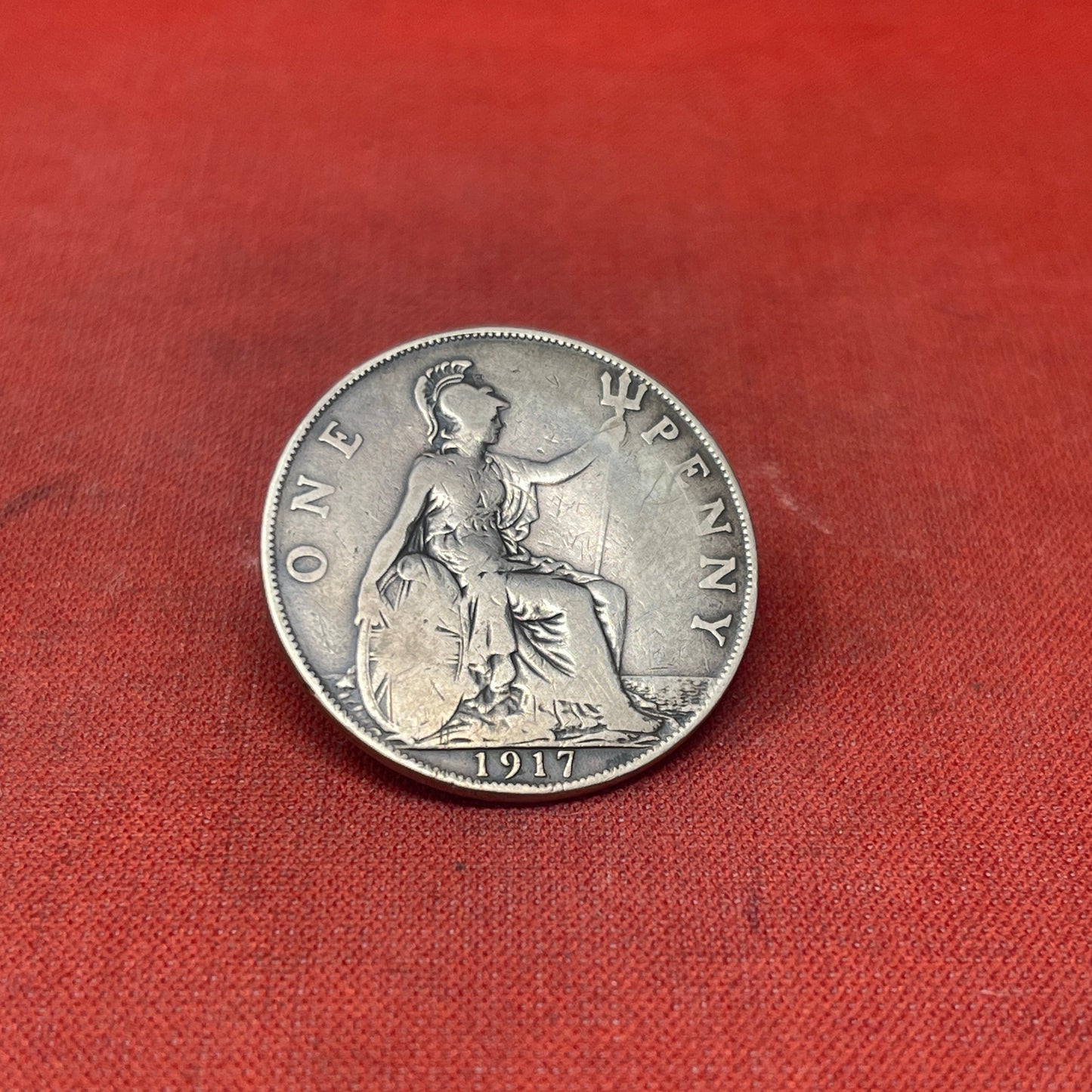
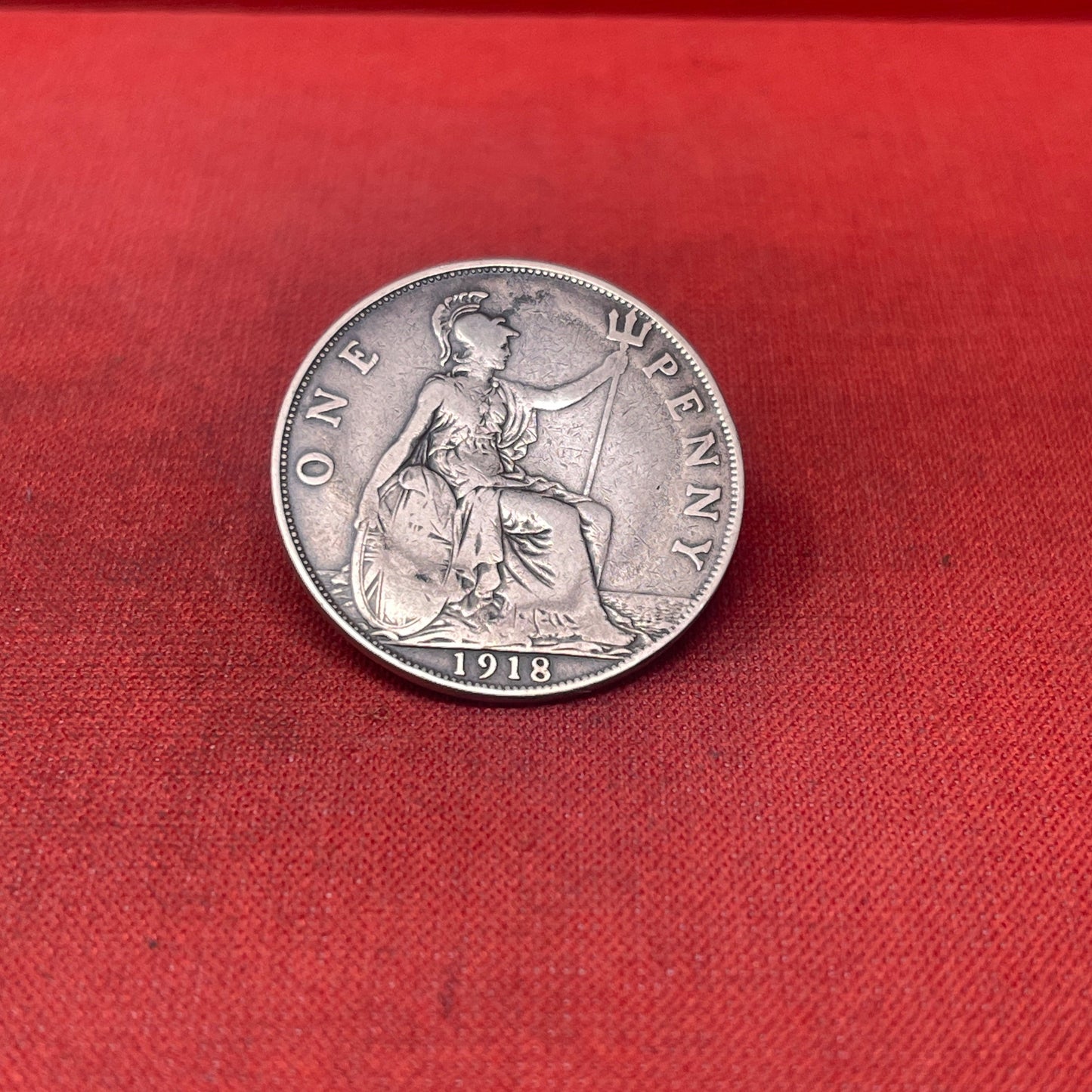
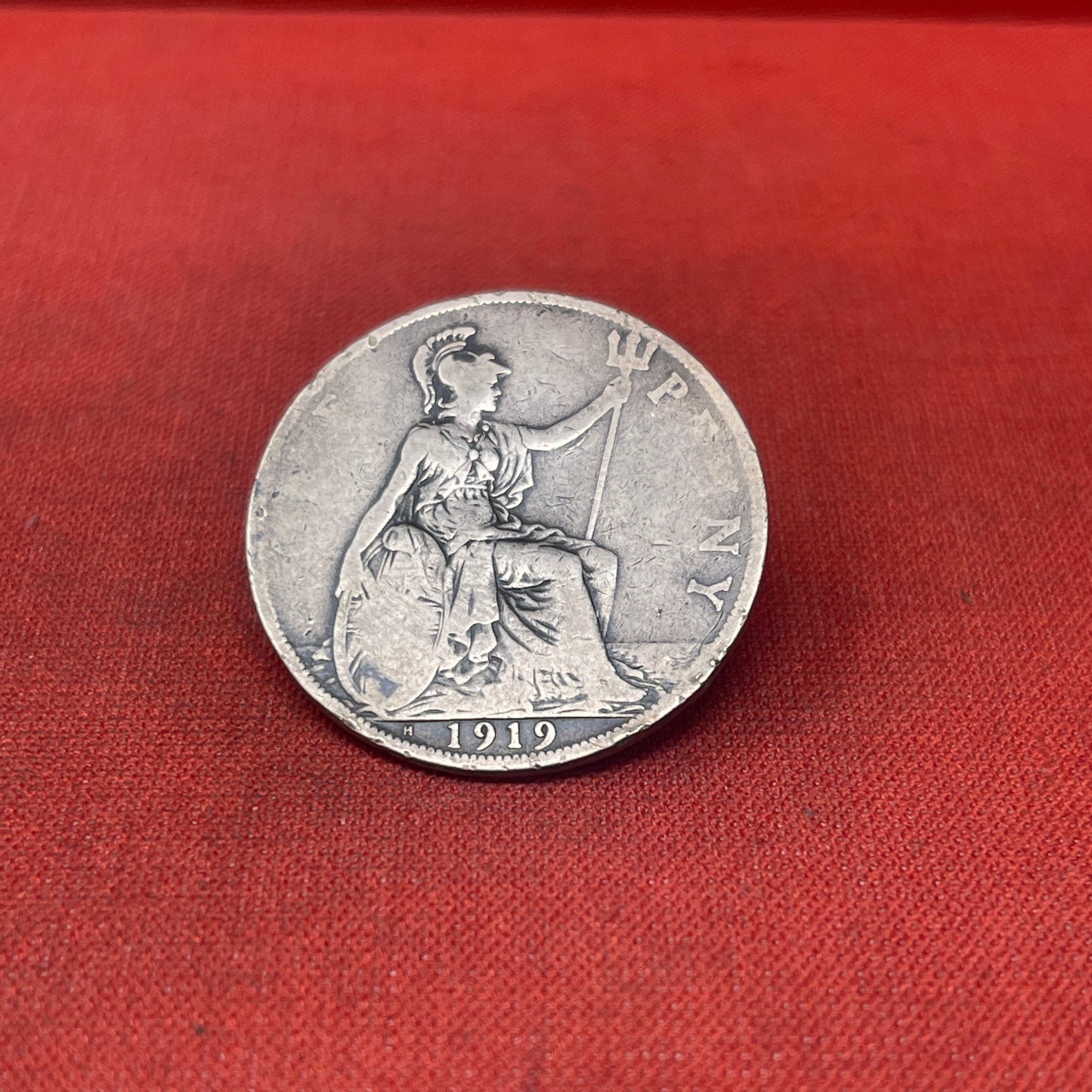
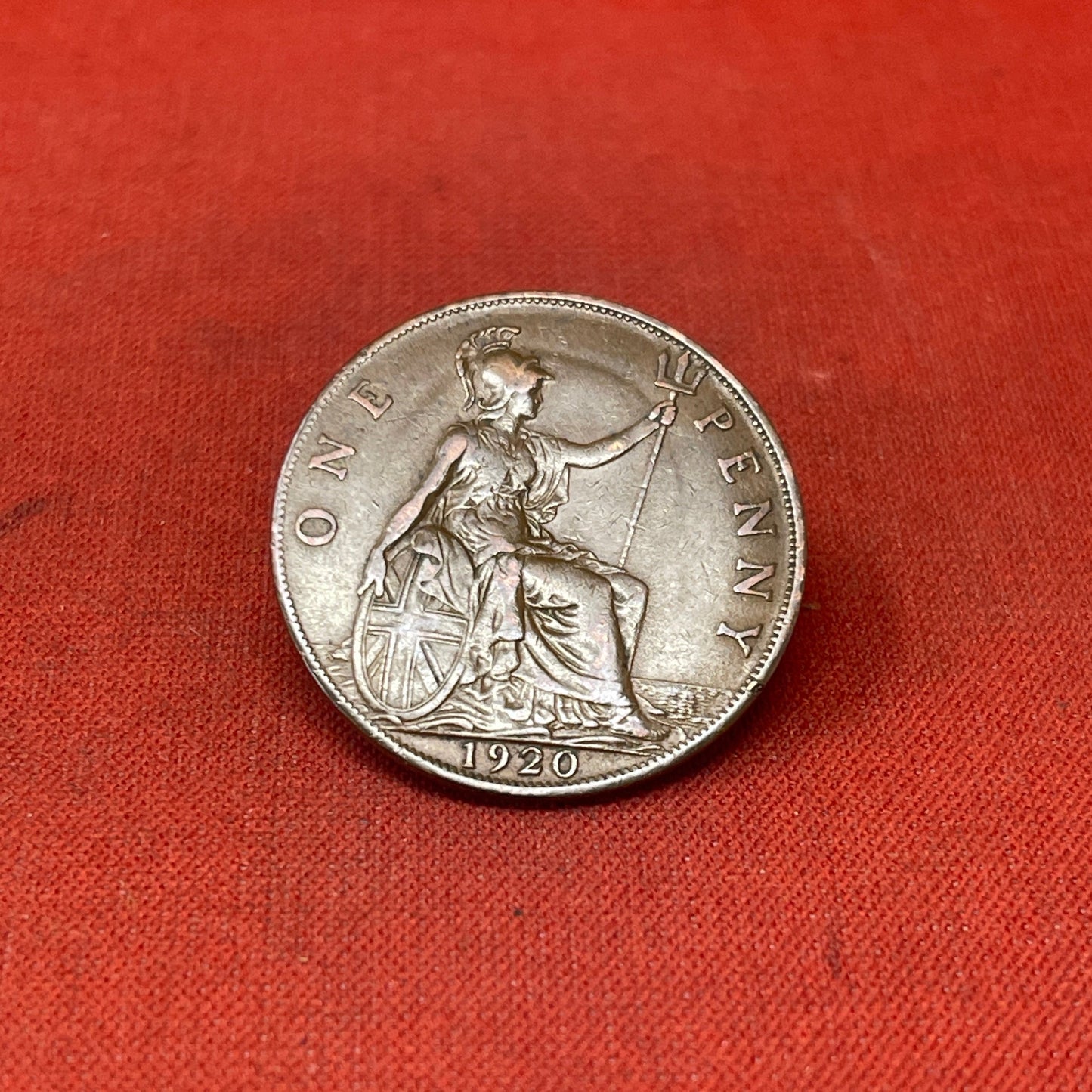
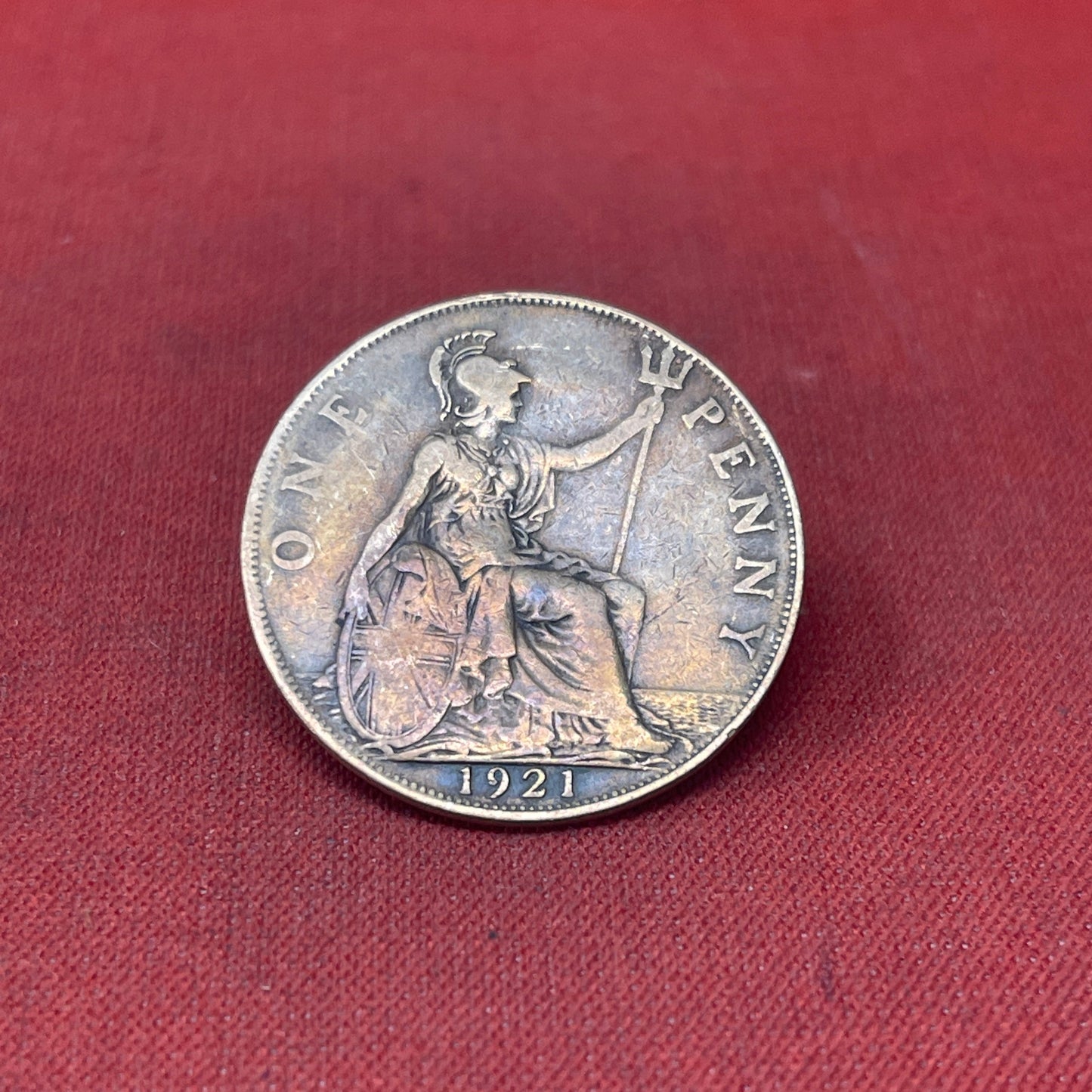
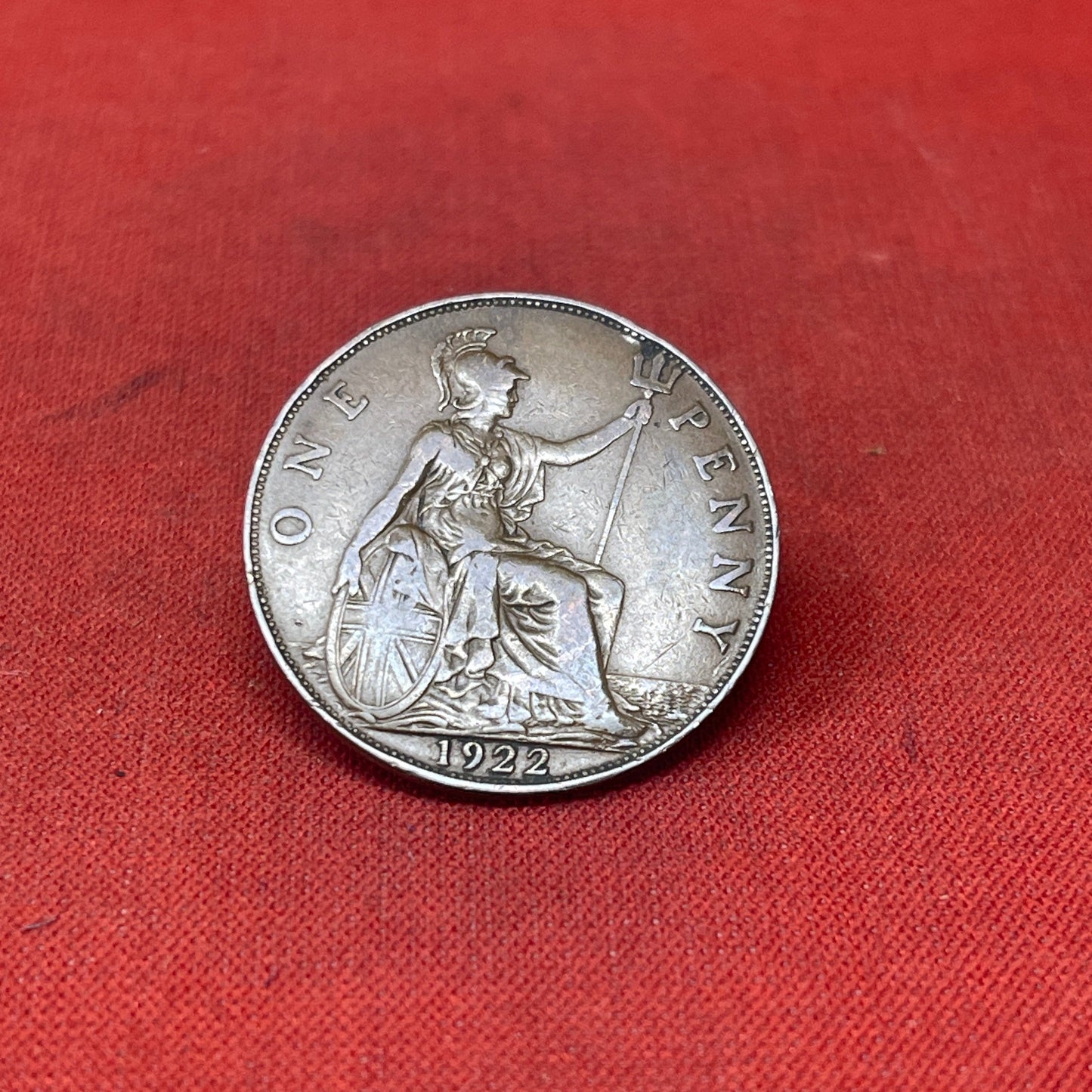

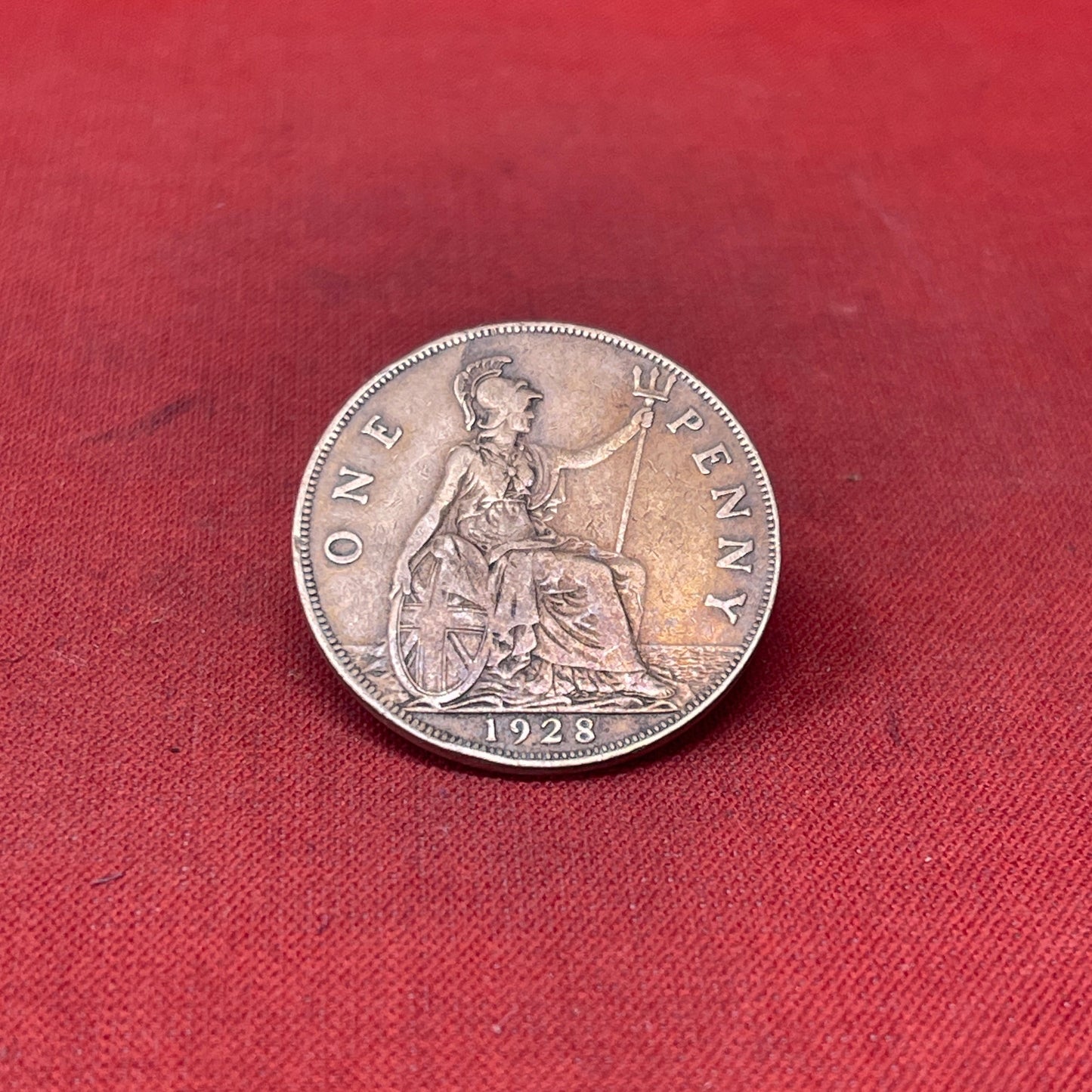
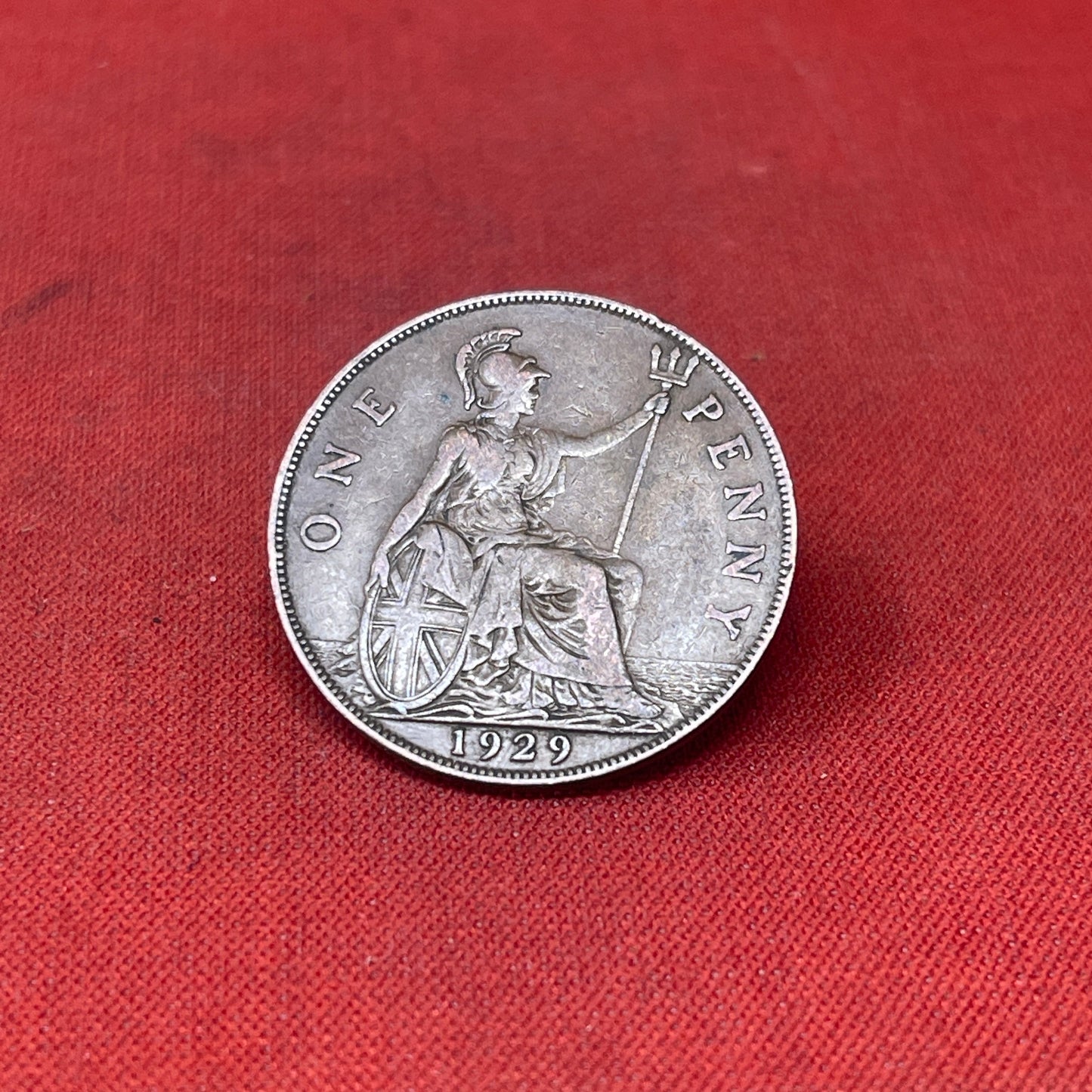
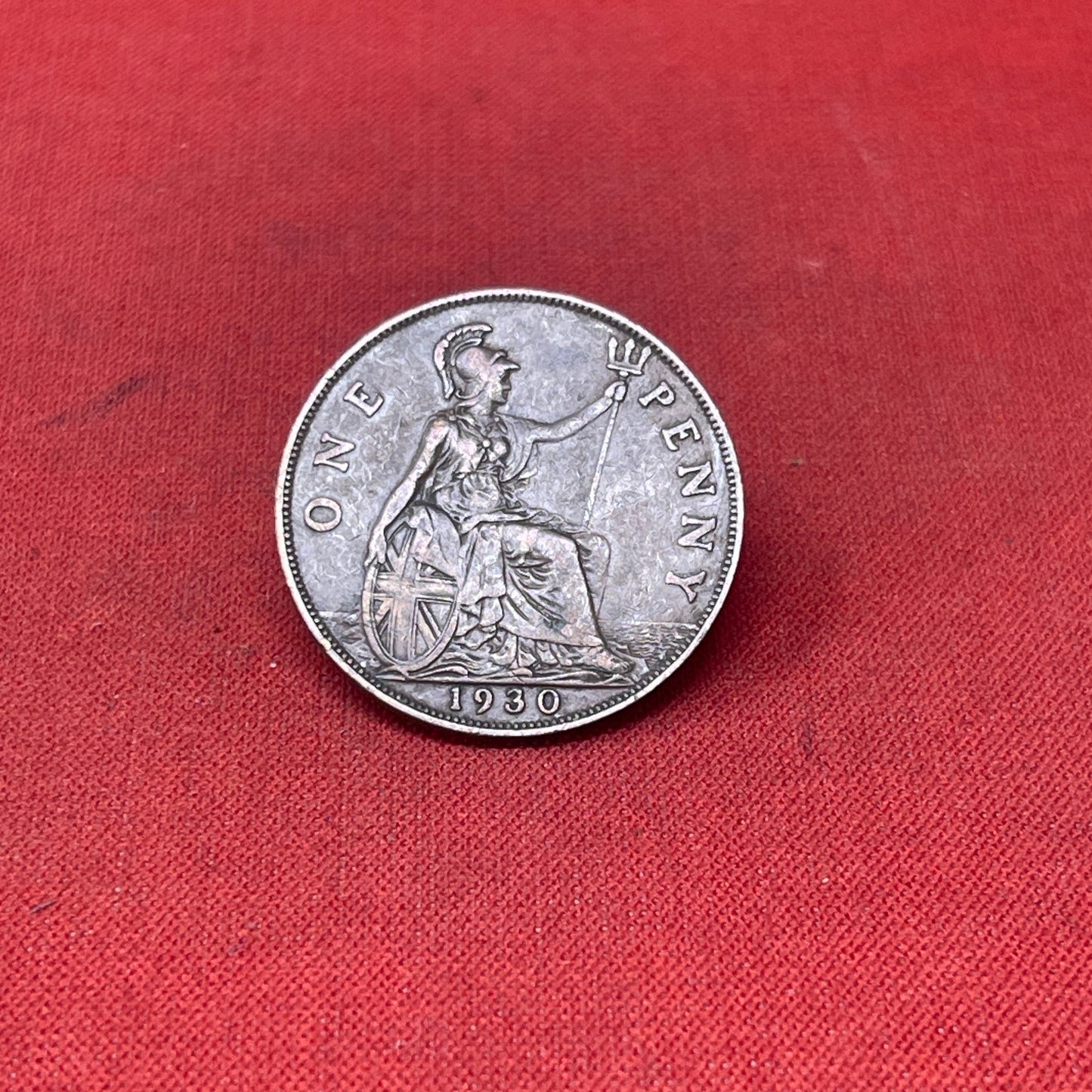
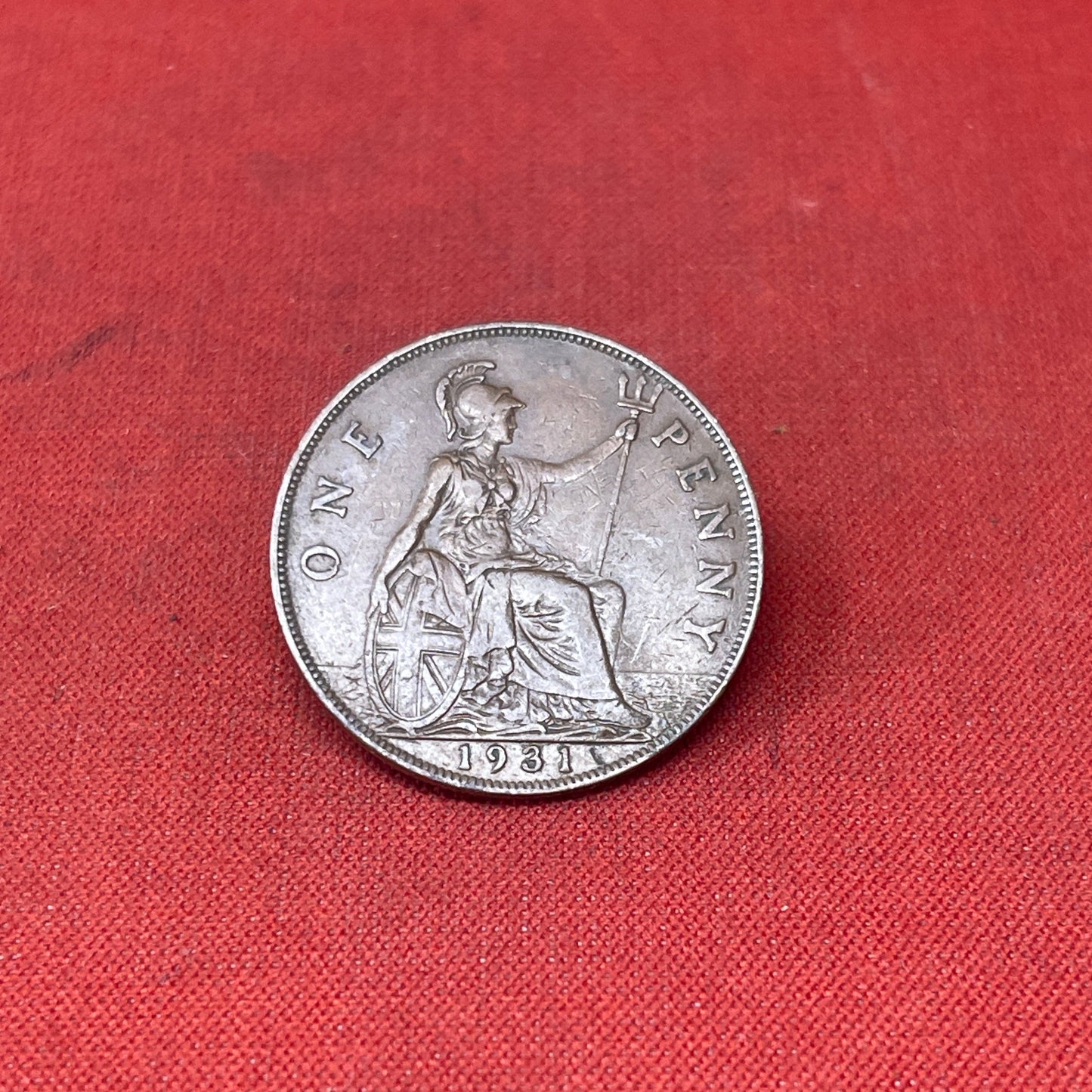
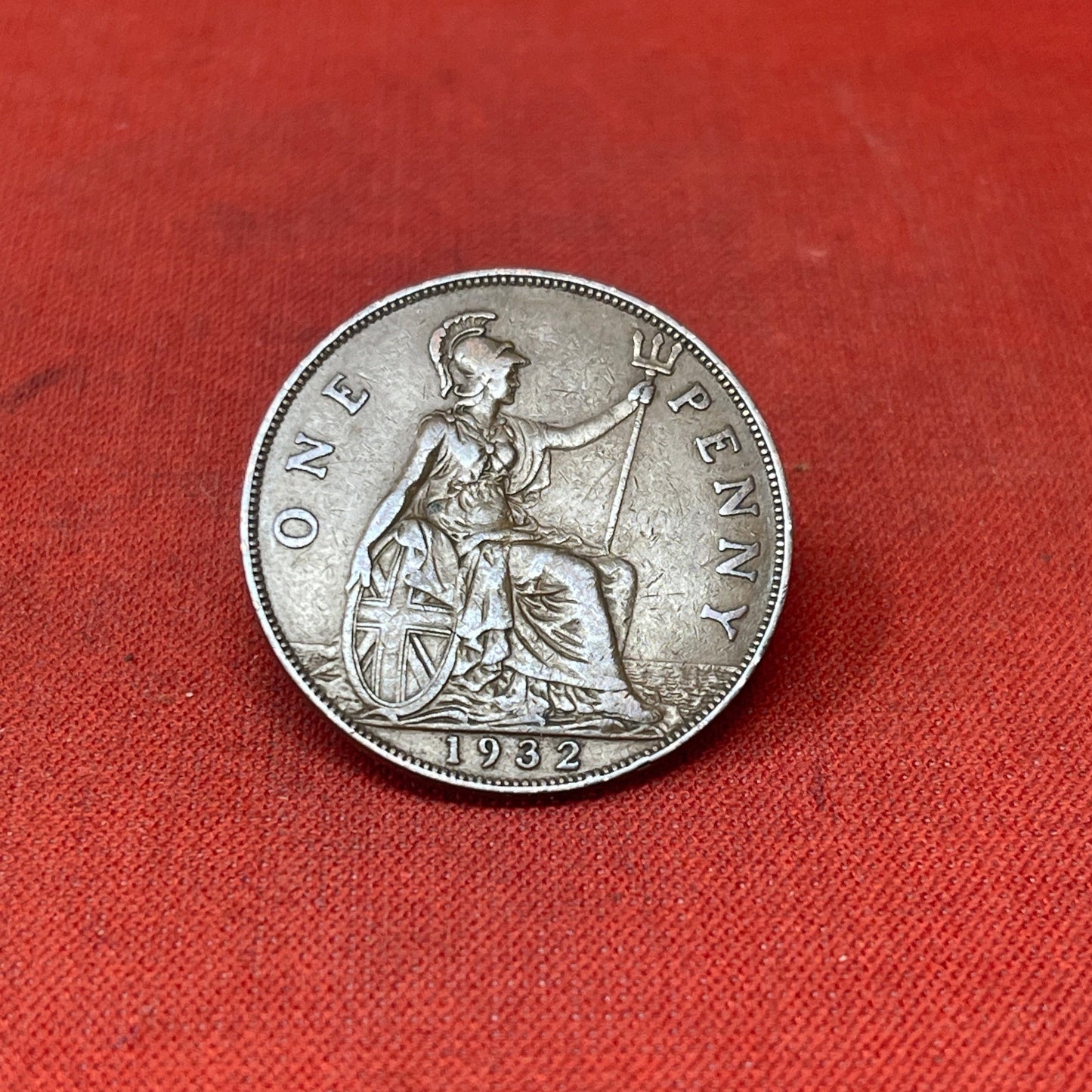
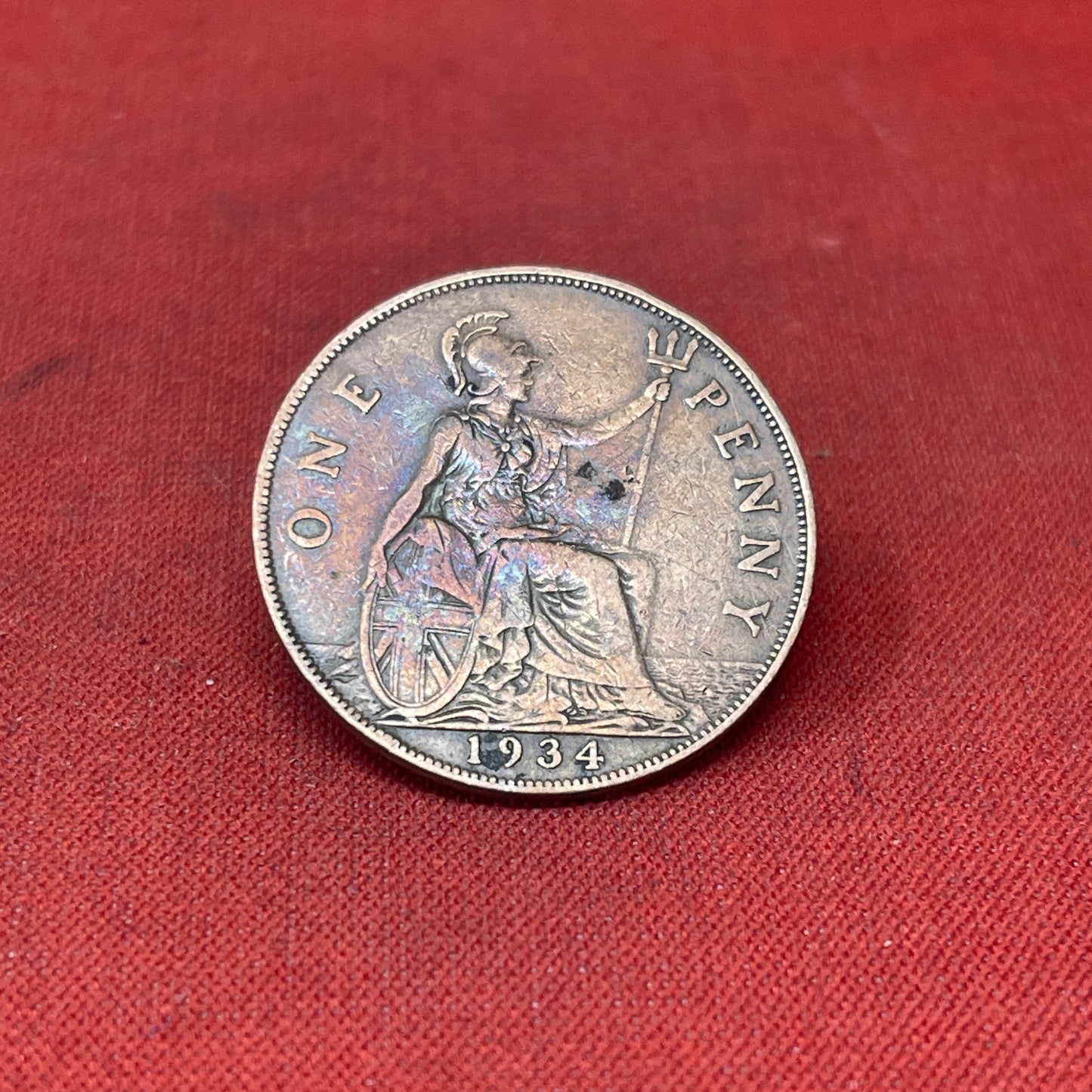
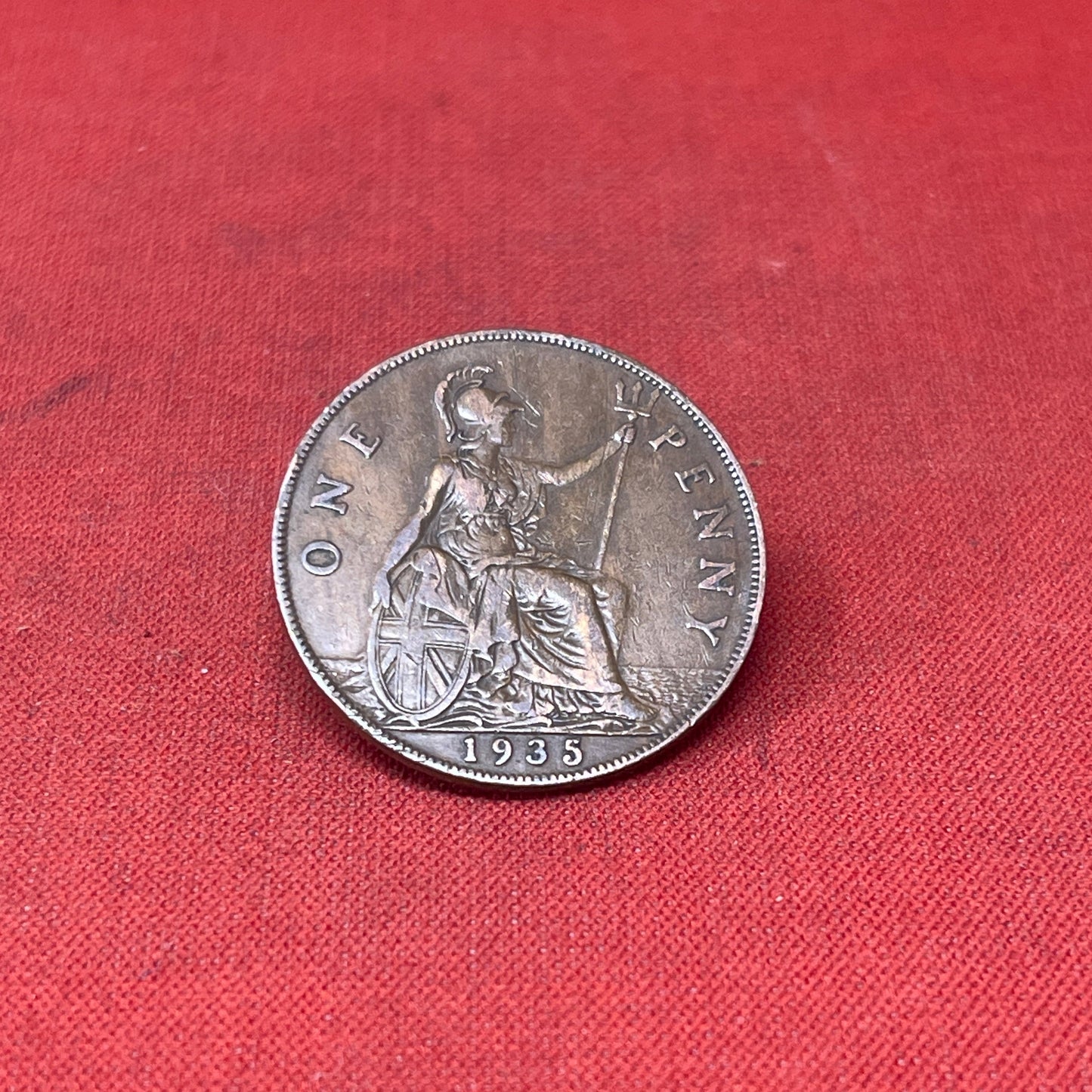
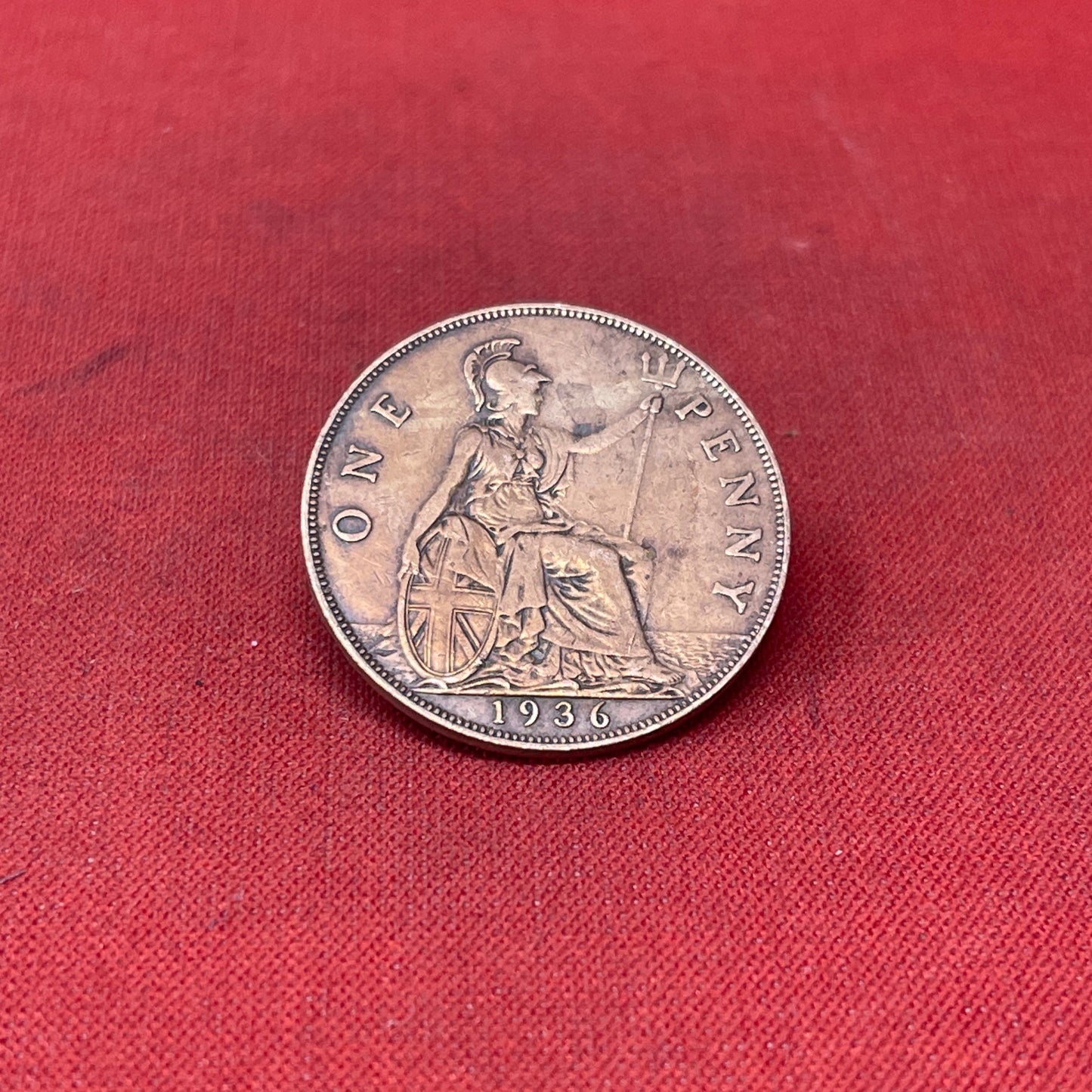

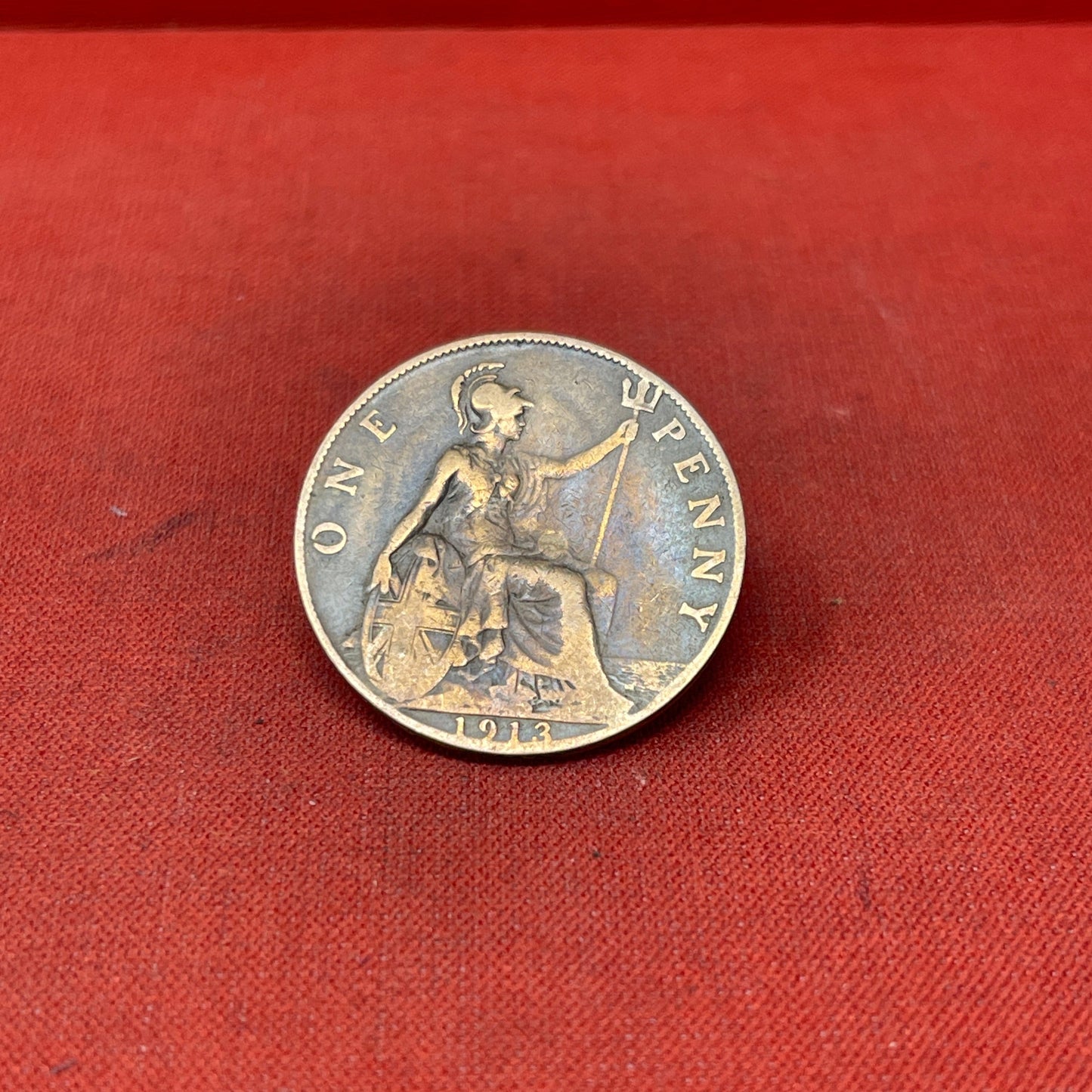
Product Description
The King George V one penny coins, minted from 1912 to 1936, are a fascinating series that reflect the era's economic and political changes. These coins were part of the larger bronze coinage used in everyday transactions throughout the British Empire.
Design and Specifications
Obverse: The obverse of the coin features a left-facing portrait of King George V, designed by Sir Bertram Mackennal. The inscription around the portrait reads "GEORGIVS V DEI GRA: BRITT: OMN: REX FID: DEF: IND: IMP:" which translates to "George V, by the Grace of God, King of all the Britains, Defender of the Faith, Emperor of India."
Reverse: The reverse side, designed by Leonard Charles Wyon, depicts the traditional seated Britannia holding a trident and shield. The inscription reads "ONE PENNY" with the year of minting below Britannia.
Specifications:
- Composition: The coins were made of bronze.
- Diameter: 30.81 mm
- Weight: 9.45 grams
Minting Details and Varieties
The King George V pennies were minted at various locations including London, Heaton, and Kings Norton. Notable mint marks on some coins include 'H' for Heaton and 'KN' for Kings Norton, located to the left of the date on the reverse side. These mint marks are of particular interest to collectors.
Historical Context
Economic and Political Climate: The period of George V's reign saw significant events such as World War I (1914-1918) and the subsequent economic challenges. The design and production of the penny coins during this era were consistent, providing stability in currency amidst the broader geopolitical shifts.
Cultural Significance: The penny was a fundamental unit of currency used daily by millions. It played a crucial role in the economy, from paying wages to purchasing goods.
Transition and Legacy
The King George V penny coins ceased production in 1936 following his death. They were succeeded by the coins of his son, Edward VIII, and later George VI. These pennies remain popular among numismatists due to their historical significance, distinctive design, and the variety of mint marks.
Collectability
Today, King George V pennies are highly collectible, with particular interest in coins from specific years, mint marks, and those in exceptional condition. Coins from years with lower mintages, like 1918 and 1919 with mint marks, are especially sought after.
Conclusion
The King George V one penny coins from 1912 to 1936 represent an important era in British numismatic history. Their consistent design, widespread use, and the historical context of their production make them a fascinating study for collectors and historians alike





















